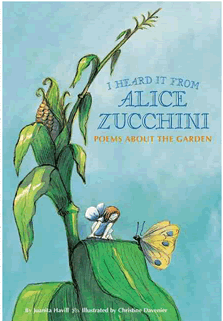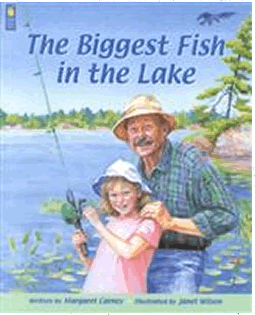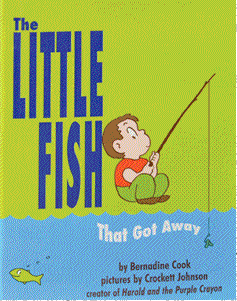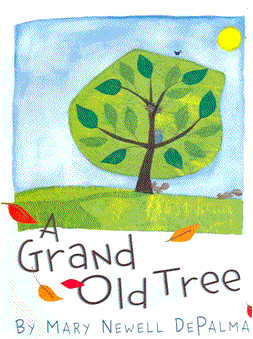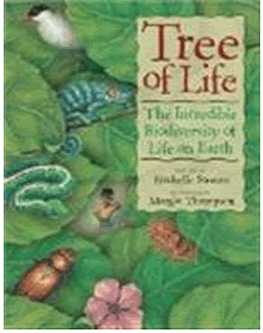题目内容
Down-to-earth means being honest, open, and easy to deal with. It is a pleasure to find someone who is down-to-earth. A person who is down-to-earth is easy to talk to. He or she accepts others as equals. A down-to-earth person may be an important member of society, of course, but they do not let their importance go to their heads, and they do not consider themselves to be better than others who are less important. Someone who is filled with self-importance and pride, often without cause, is said to have his nose in the air. There is no way a person with his nose in the air can be down-to-earth.
Americans use another expression that is similar in some way to down-to-earth. The expression is both feet on the ground. Someone with both feet on the ground is a person with a good understanding of reality. He has what is called common sense. He may have dreams but he does not allow them to block his knowledge of what is real. The opposite kind of person is one who has his head in the clouds. A man with his head in the clouds is a dreamer whose mind is not in the world. Sometimes such a dreamer can be brought back to reality; sharp words from the teacher, for example, can usually get a daydreaming student to put both feet back on the ground.
The person who is down-to-earth usually has both feet on the ground. But the opposite is not always true. Someone with both feet on the ground may not be as open and easy to deal with as someone who is down-to-earth. When we have both our feet firmly on the ground, we are realistic and we act honestly and openly toward others, and our lives are like the ground below us, solid and strong.
59. If a person has his nose in the air, he ____.
A. is down to the earth B. is easy to deal with
C. always thinks he is more important than others D. is confident
60. From the second paragraph, we know that sharp words from a teacher can usually ________.
A. help a student get down to the earth
B. wake a student up
C. help a daydreaming student come down to the ground
D. help a daydreaming student to become more realistic
61. The underlined sentence “But the opposite is not always true.” most probably means that ______.
A. the person who has his nose in the air is not true
B. a man with his head in the clouds is often not intelligent
C. the opposite direction is always wrong
D. a person who has both feet on the ground may not be down-to-earth
62. From the passage, we can infer the person who is _______ is the most popular kind of person.
A. down-to-earth B. standing on the ground
C. with his nose in the air D. with his head in the clouds
CDDA

 超能学典应用题题卡系列答案
超能学典应用题题卡系列答案
| |||||||||||||||||||||||||||||||||||||||||||||||||||||||||||||||||||||||||
